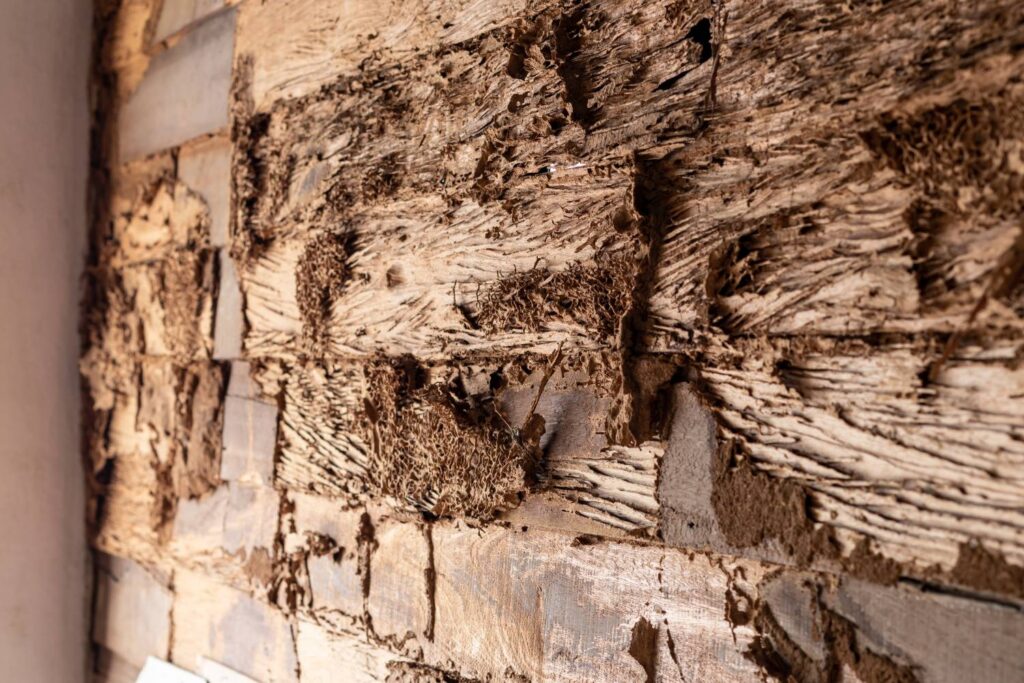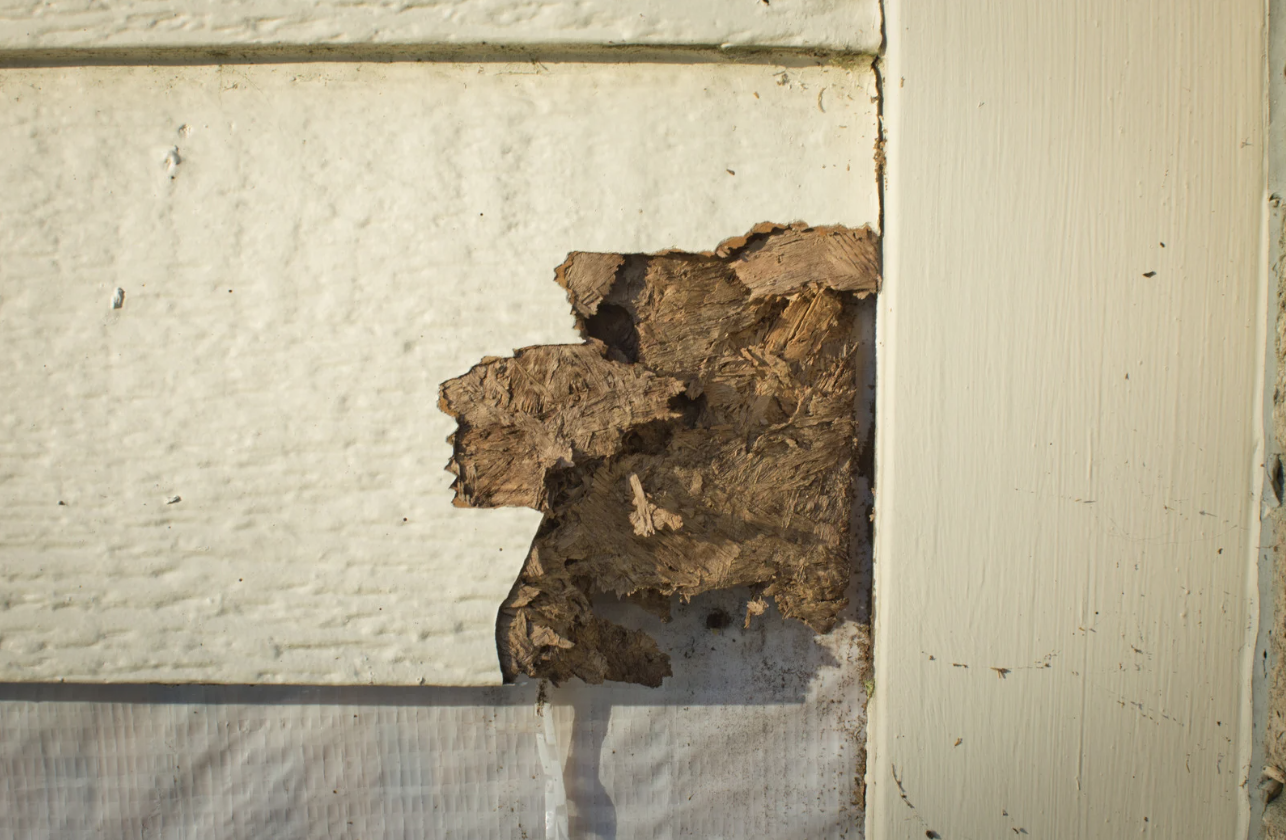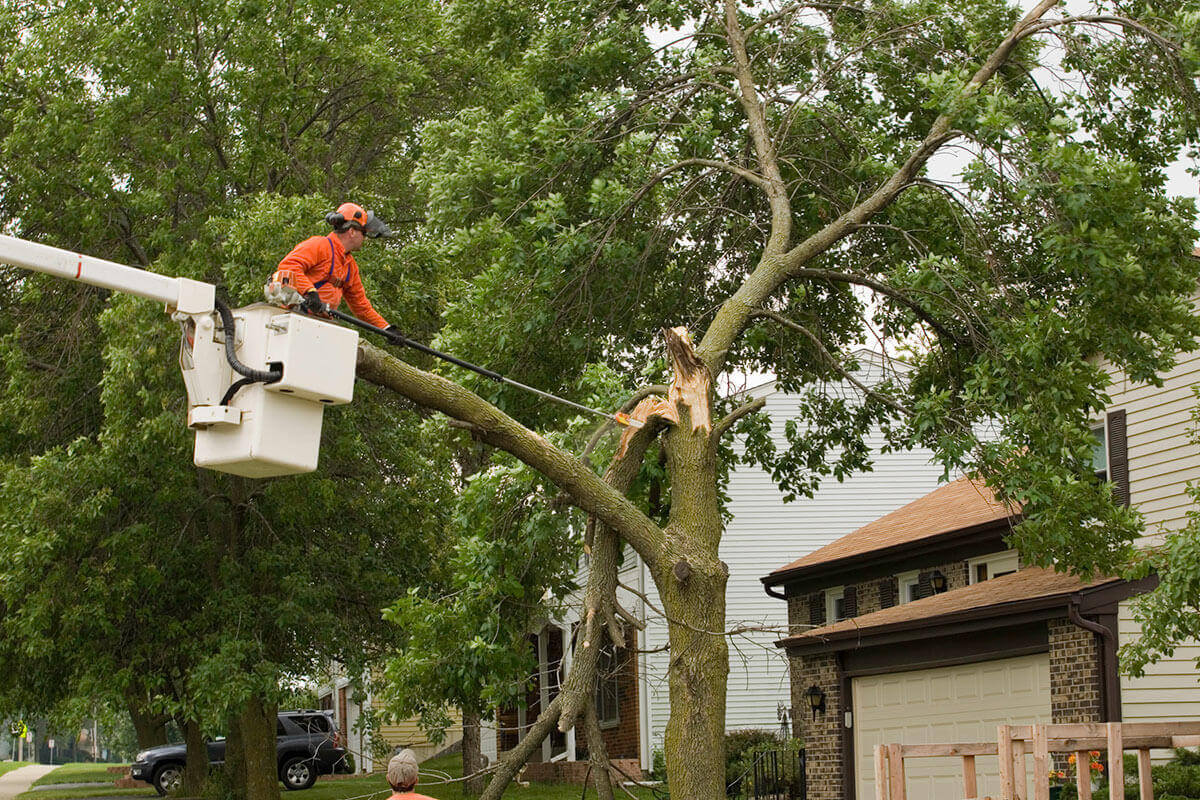How Long Does a Full Termite Inspection Take in Sydney?
A full termite inspection in Sydney typically takes between 2 to 4 hours to complete, depending on your property’s size and complexity. This timeframe ensures inspectors can thoroughly examine all accessible areas for signs of termite activity.
Termite inspections Sydney homeowners schedule regularly serve as a critical defence against one of Australia’s most destructive pests. These examinations protect your property investment and provide essential peace of mind, particularly given Sydney’s climate creates ideal conditions for termite colonies to thrive year-round.
A comprehensive inspection involves systematic examination of multiple property zones:
- Exterior perimeter including foundations, walls, and garden areas
- Sub-floor spaces where moisture and timber attract termites
- Interior walls and skirting boards for hollow sounds or damage
- Timber fittings such as door frames, window sills, and built-in furniture
- Roof voids where termites often establish undetected colonies
The inspection process focuses on early detection through visual assessment and specialised tools like moisture meters and probes. Identifying termite activity in its initial stages prevents extensive structural damage that can cost tens of thousands of pounds to repair. Licensed inspectors prioritise thoroughness over speed, as missing subtle warning signs could leave your property vulnerable to ongoing infestation and deterioration.
What Is Involved in a Full Termite Inspection?
A full termite inspection process examines every accessible area of your property where termites might establish colonies or cause damage. Inspectors systematically check five key zones to identify signs of termite activity or conducive conditions that attract these pests.
Areas Covered During the Inspection
The termite inspection process follows a comprehensive approach across multiple property zones:
- Exterior perimeter: Foundation walls, external cladding, garden beds adjacent to the house, and timber structures like decks or fences
- Sub-floor spaces: Bearers, joists, stumps, and any timber components beneath the house where moisture accumulates
- Interior walls and skirting boards: Visual examination of wall surfaces, architraves, and baseboards for mud tubes or hollow-sounding timber
- Timber fittings: Door frames, window frames, built-in cupboards, and other wooden fixtures throughout the home
- Roof voids: Rafters, trusses, and timber framing in ceiling spaces where termites often go undetected

Termite Detection Methods Sydney Inspectors Use
Standard inspections rely on non-invasive techniques that don’t damage your property. Inspectors employ visual examinations combined with specialized tools:
- Probes and screwdrivers: Testing timber soundness without causing significant damage
- Moisture meters: Detecting elevated moisture levels that indicate termite-friendly conditions; these can be either pin-type or pinless moisture meters, each with its own advantages
- Sharp knives: Gently testing suspicious timber areas for hollowness or weakness
- Torches and inspection mirrors: Illuminating dark corners and hard-to-reach spaces
Non-Invasive vs Invasive Inspections
Non-invasive inspections form the standard service, examining visible and accessible areas without cutting into walls or dismantling structures. Invasive inspections require a separate contract and involve physically opening walls, removing panels, or cutting timber to investigate suspected infestations. Most properties only need non-invasive assessments unless inspectors identify specific concerns requiring deeper investigation.
How Often Should Homeowners Schedule Termite Inspections in Sydney?
Australian Standards termite inspections mandate at least one comprehensive inspection every 12 months for all properties. This annual requirement forms the baseline for responsible property maintenance across Sydney and helps homeowners stay compliant with building codes whilst protecting their investment.
The termite inspection frequency Sydney experts recommend stems from the region’s climate and termite activity patterns. Sydney’s warm, humid conditions create an ideal environment for termite colonies to thrive year-round. A single colony can contain millions of termites that work silently behind walls, beneath floors, and within timber structures. Annual inspections catch these infestations before they escalate into costly structural repairs.
Properties with Specific Risk Factors
Properties with certain characteristics may need more frequent inspections:
- Homes with previous termite activity should be inspected every 6 months
- Properties near bushland or with significant landscaping timber need quarterly checks
- Buildings with timber-heavy construction benefit from bi-annual assessments
- Structures showing moisture issues or poor ventilation warrant increased monitoring
Early detection through regular inspections saves homeowners thousands of dollars in potential damage. Termites can consume timber at alarming rates, with established colonies causing significant structural compromise within months. An inspection scheduled too late might reveal extensive damage that could have been prevented with timely intervention.
The 12-month standard exists because termite activity fluctuates seasonally. Inspectors can track changes in colony behaviour, identify new entry points, and monitor previously treated areas. This consistent oversight creates a documented history of your property’s termite risk profile, allowing for proactive rather than reactive pest management.
Properties under active termite management systems still require annual inspections to verify system integrity and effectiveness. Baiting stations, chemical barriers, and physical deterrents need regular assessment to ensure they continue protecting your home as intended.
What Factors Affect the Duration of a Full Termite Inspection?
Property size directly determines how long inspectors need to complete their assessment. A compact two-bedroom unit might require 1-2 hours, whilst a sprawling multi-storey home with extensive grounds could take 3-4 hours or longer. Larger properties mean more ground to cover, additional rooms to examine, and expanded perimeter areas requiring attention.
The condition of your property plays an equally significant role in termite inspection duration factors. Well-maintained homes with clear access points allow inspectors to work efficiently. Properties with structural issues, water damage, or deteriorating timber require closer examination and additional time to assess the extent of vulnerability or existing damage.
Different pest types and infestation severity levels demand varying inspection approaches. Subterranean termites, the most common species in Sydney, often create extensive underground networks that require meticulous investigation of soil contact points and moisture-prone areas. Active infestations necessitate thorough documentation and detailed mapping, extending the inspection timeframe compared to properties showing no visible signs of activity.
Inspector experience significantly influences property size impact inspection time. Seasoned professionals develop efficient inspection patterns and quickly identify high-risk zones, potentially completing assessments faster without compromising quality. Less experienced inspectors may require additional time to methodically work through each area.
Accessibility issues can substantially extend inspection duration:
- Cluttered sub-floor spaces requiring careful navigation
- Locked or sealed roof voids needing special access arrangements
- Dense vegetation obscuring external wall bases
- Stored items blocking interior wall access
- Limited crawl space clearances
Inspectors must work around these obstacles whilst maintaining thoroughness. Properties with restricted access to critical areas like roof cavities or beneath elevated floors naturally require more time as inspectors adapt their approach to examine what remains accessible.
In some cases, the need for additional inspections such as sewer inspections due to potential pest-related damage can also influence the overall duration of the process. For example, a sewer inspection typically takes around 1-2 hours depending on various factors, which could add to the timeline if required alongside a termite inspection.
What Challenges Can Extend the Inspection Time?
Can furniture and stored items slow down a termite inspection? Yes, difficulties in inspecting occupied properties are one of the most common challenges Sydney homeowners face during termite inspections. Furniture, boxes, and stored goods often block critical inspection points, especially in sub-floor areas, roof voids, and along interior walls where termites usually create entry points.
Inspectors have to find ways to work around these obstacles, which adds a significant amount of time to the process. Wardrobes pushed against walls, stacked storage in garages, and items piled up in crawl spaces make it difficult to thoroughly examine timber structures and potential areas where termites might be active.
How do limited access areas impact inspection duration? Restricted access to certain parts of the property greatly increases the time it takes for an inspection. Locked rooms, sealed roof cavities, or areas that need special equipment can cause delays. Some properties have tight crawl spaces that restrict the movement of inspectors, while others have hidden wall cavities that cannot be inspected without invasive methods.
Inspectors adjust their approach by documenting areas that cannot be accessed in their reports and focusing on zones that are reachable. They may use specialized tools such as thermal imaging cameras or moisture meters to evaluate concealed spaces from nearby areas. When physical barriers prevent a complete examination, inspectors clearly indicate these limitations in their reports, ensuring homeowners understand which sections were thoroughly inspected and which areas remain unexamined due to access issues.
What Happens After the Termite Inspection Is Completed?
What documentation do you receive after the inspection?
Homeowners receive a comprehensive termite inspection report Sydney that details all findings from the assessment. This document includes photographs of any termite activity, damage locations, conducive conditions that may attract termites, and specific areas where evidence was discovered. The report typically arrives within 24-48 hours of the inspection.
What limitations apply to the inspection findings?
The termite inspection report Sydney covers only the accessible areas examined during the assessment. Inspectors cannot guarantee the absence of termites in concealed spaces, wall cavities, or areas obstructed by furniture and stored items. The report represents a snapshot of the property’s condition at the time of inspection rather than a permanent certification. Hidden infestations may exist in inaccessible zones, and new termite activity could develop after the inspection date.
What treatment options are available if termites are detected?
Post-inspection recommendations vary based on the severity and location of any termite activity found. Pest control professionals present several treatment approaches:
- Chemical barrier treatments that create protective zones around the property perimeter
- Baiting systems strategically placed to eliminate termite colonies
- Timber treatments applied directly to affected structural elements
- Eco-friendly solutions using low-toxicity products safe for families and pets
How are treatment plans customized for your property?
Inspectors develop tailored strategies based on the specific termite species identified, the extent of infestation, and the property’s unique characteristics. Some Sydney pest control companies utilize advanced technology such as thermal imaging and moisture detection to map termite activity patterns. These personalized pest control solutions address both immediate infestations and long-term prevention, with recommendations for structural repairs and modifications to reduce future termite risk.

Why Is It Important to Prioritise Thoroughness Over Speed During Inspections?
Rushing through a termite inspection creates significant risks for property owners. Inspectors who prioritise speed over accuracy may overlook subtle warning signs like mud tubes behind furniture, minor timber damage in concealed areas, or moisture patterns indicating termite activity. These missed indicators can allow infestations to spread undetected, resulting in thousands of dollars in structural repairs.
Thorough termite inspections benefits extend far beyond immediate detection. Comprehensive examinations protect your investment by identifying vulnerable entry points and conditions that attract termites before colonies establish themselves. Experienced inspectors spend adequate time in each area—sub-floors, roof voids, and wall cavities—using specialised equipment to detect activity invisible to the naked eye.
The risks of rushed inspections compound over time. A quick walkthrough might satisfy a checkbox requirement, but it fails to provide the detailed assessment Sydney homeowners need. Properties with hidden damage continue deteriorating whilst owners remain unaware of the threat.
Quality inspections deliver genuine peace of mind. When inspectors allocate sufficient time to examine every accessible area methodically, homeowners receive accurate information about their property’s condition. This knowledge enables informed decisions about preventative treatments or necessary interventions, protecting both the structure’s integrity and the family’s financial security. The extra hour spent during inspection can prevent years of costly remediation work.
Conclusion
Should Sydney homeowners make termite inspections a priority?
Absolutely. Regular termite inspections are one of the most effective ways to prevent expensive structural damage. But it’s not just about finding pests—it’s also about taking proactive steps to protect your most valuable asset.
Termite Inspections Sydney: How Long Does a Full Inspection Take?
The answer—typically a few hours—reflects the careful balance between efficiency and thoroughness. While no homeowner wants unnecessary delays, rushing through an inspection defeats its purpose entirely.
What action should you take now?
Schedule your annual inspection without delay. Australian Standards recommend 12-month intervals for good reason: termites can establish destructive colonies between inspections if left unchecked. Professional inspectors bring specialised tools, trained eyes, and systematic approaches that DIY checks simply cannot match.
The investment of a few hours for a comprehensive examination pays dividends through early detection, targeted treatment recommendations, and genuine peace of mind. Properties with previous termite activity, timber construction, or proximity to bushland may warrant even more frequent assessments.
Don’t wait for visible damage before acting. By the time termites become obvious, significant harm has often occurred. Regular thorough inspections remain your best defence against these silent destroyers, ensuring your Sydney home stays structurally sound for years ahead.
Related : Rat Pest Control Sydney: Are Natural Repellents as Effective as Traps?



